What worked well once may work again. Like what Toyota did in the late 1980s… Hyundai does now.
At the time, Toyota executives believed that selling a less expensive but better-equipped Mercedes/BMW competitor would be a great way to sell more Toyota vehicles under the new nameplate. Thus, Lexus became the new premium division of Toyota.
This move worked 100%. Lexus has outsold Mercedes and other well-known car brands and is now among the most well-known premium car brands.
Genesis is a newly created premium division of Hyundai that aims to be a breakthrough with the release of the G80.
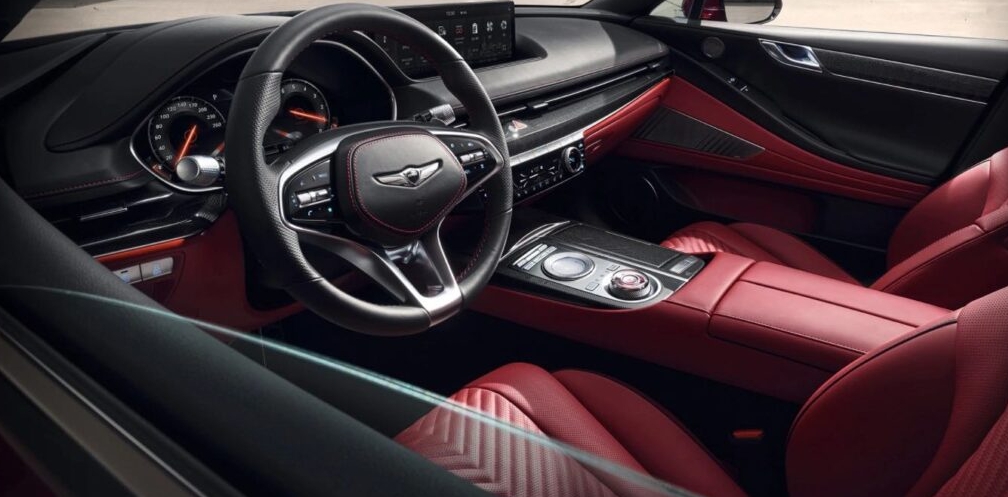
The G80 is a mid-size luxury sports sedan with rear-wheel drive (all-wheel drive is available as an option). The G80 is similar in overall layout and performance to established players in the segment, including the BMW 5 Series and Mercedes E-Class. Interestingly, Lexus is no longer offering competitors in this class, ditching the GS 350 sedan, leaving the compact IS series and front-wheel drive, related to the Toyota Camry-Avalon – ES350.
G80 prices start at $48,250 for the 2.5T version, which comes standard with a 300-horsepower 2.5-liter turbocharged four-cylinder engine driving rear-wheel drive. All-wheel drive is available as an option, bringing the MSRP up to $51,400.
The 3.5T Sport version comes with a 3.5-liter turbocharged V6 with all-wheel drive by default, as well as a 21-speaker Lexicon premium audio system, which is also available as an option on the 2.5T trim. The G80 3.5T package starts at $63,700.
What’s new?
All-wheel drive, which was previously optional on the 3.5T, is now standard, and rear-wheel steering is available on the 3.5T as part of the Prestige package. This system, among other things, makes it easier to drive the G80 in tight parking spaces. The Prestige package also includes carbon fiber interior trim, sports stability control, a full digital/LCD display, head-up display (HUD), and a set of 20-inch wheels and tires.
New competitor

3.5T – You get more than competitors like the BMW 5 Series Sedan and Mercedes E350 Sedan – for a lot less money. The V6 found in the G80 is more powerful than the available sixes from BMW and Benz. There is more free space for passengers in the rear row than in the BMW 5 and Benz E.
What’s not so good?
The trunk is much smaller (370 liters) than the BMW 5 (530 liters). No massage seats (Benz has them).
Under the hood
One of the tricks Lexus used to knock out BMW and Benz was to surpass their reputation for being well-built and reliable cars. How do you impress luxury car buyers today? Offer them more options for quality engines for less money.
So the G80 2.5T comes standard with a 2.5-liter turbocharged four-cylinder engine that makes 300 hp. The turbocharged 2.0-liter fours that come standard on the BMW 5 and Benz E make 248 and 255 horsepower, respectively. Competitors start at $54,200 and $54,950, respectively, which makes about $6,000 difference from the standard G80. Even at the level of a premium car, such a difference in cost is not a trifle, but a significant savings.
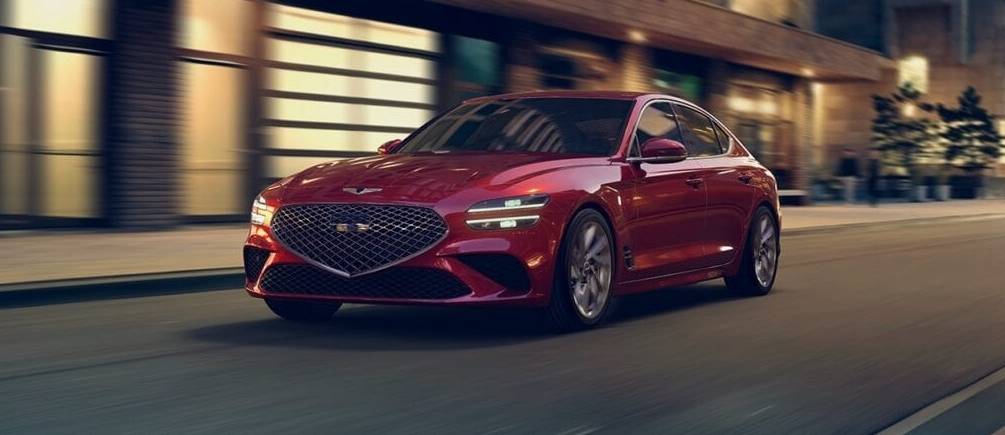
The turbocharged V6 on the G80 makes 375 horsepower. The three-liter V6s in the BMW 5 and Benz E develop 335 and 362 horsepower, respectively. Interestingly, the last two are paired with a mild hybrid system (starter/alternator with flywheel), but with all this technology, the difference is not that much.
The V6-powered G80 has an EPA rating of 17 city, 26 highway; The BMW 540i – with the hybrid/six combo – scores 22 in the city and 29 on the highway. Also, the hybrid Benz E450 scores 23 in the city and 30 on the highway.
But the difference in long-term maintenance / repair costs is obvious – in favor of the G80. It will never need to replace an expensive lithium-ion battery or flywheel starter/alternator system.
Acceleration with any of the available engines is impressive
The 2.5T takes about 5.7 seconds to reach 100 km/h, while the 3.5T cuts that time down to 5 seconds. Both engines are mated to an eight-speed automatic transmission with driver-selectable settings that adapt shift stiffness and timing to suit conditions and driving style.
The 2.5T engine can be combined with either rear-wheel drive (which is standard) or an all-wheel drive system.
The 3.5T all-wheel drive is also available with a rear-wheel steering system not previously offered with either engine. The system automatically adjusts the toe of the rear wheels to reduce the number of turns the driver has to make to get out of tight parking spaces. Genesis says the system also improves handling stability at high speeds.
On the road
The G80’s V6 – though not a V8 – puts out the same (or more) torque as a V8, and almost immediately. Peak power of 530 Nm of torque is already reached at 1300 rpm. This gives the feeling – and the fact – of instantaneous light acceleration.
But it’s the standard 2.5-liter four-cylinder that really makes the G80 a bestseller. When you spend $50,000 or so on a sports sedan, you reasonably expect it to have an engine of the right size and power. The G80 2.5T really makes you feel like you’re driving a good sports sedan for just over $48,000.
In the parking lot
Speaking of more for less, the G80 is slightly bigger and roomier than its main competitors from BMW and Mercedes. The length of the G80 is 196.7 inches compared to 195.8 inches for the BMW 5 and 194.2 inches for the Benz E. Of course, these differences are not striking. But you’ll be able to notice the difference in rear seat legroom once you get comfortable behind the driver.
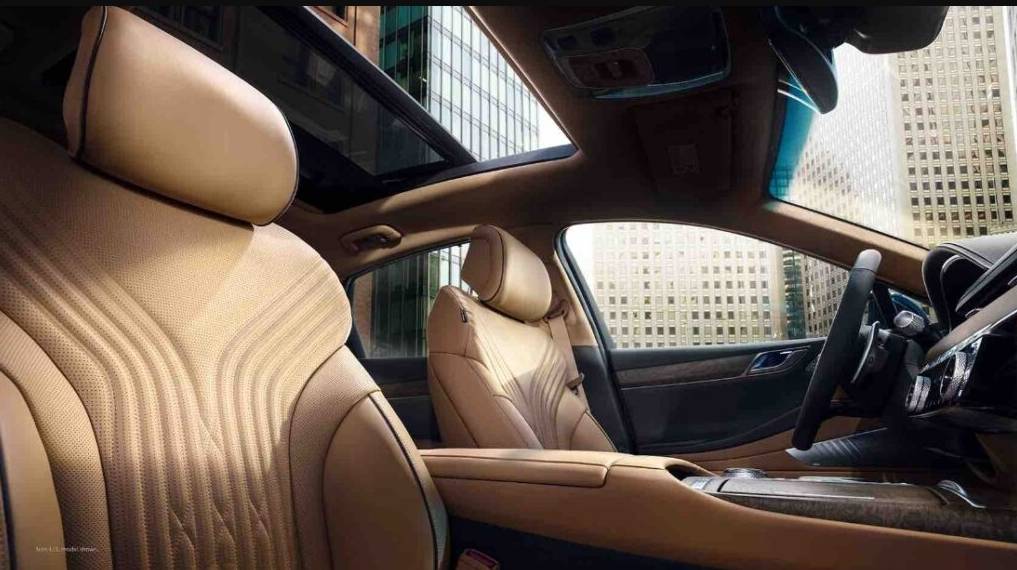
On the other hand, the G80 has the smallest boot of any member of its class at just 370 litres, compared to the very large (almost full size) BMW boot of almost 530 litres. And perhaps this is where the cons end.
The G80 is better equipped than its more expensive and big-name competitors. And here the Lexus formula works again. You don’t pay extra to get an adjustable steering column, a quality 12-speaker audio system, or a 14.5-inch LCD touchscreen (BMW 5 and Benz E come standard with smaller 12.3-inch secondary screens). You can pay extra for the more expensive 3.5T version to get a 21-speaker Lexicon audio system, three-zone climate control, soft-closing doors, or a digital key that lets you unlock or lock your car remotely via your smartphone.
The 3.5T version is more than just an engine upgrade
This version of the G80 comes with upgraded brakes, 19-inch wheels and tires (18s are standard on the 2.5T), as well as adaptive suspension, a power rear sun visor and an excellent 21-speaker Lexicon audio system. This version of the G80 has a Prestige package that is centered around the rear wheel steering system. This feature is not offered by BMW or Mercedes Benz. Plus upgrades to 20-inch wheels, upgraded leather upholstery, microfiber suede headlining and superb quality and workmanship carbon fiber dashboard and door trim.
There are two things about the G80 that take a little getting used to, and one of them is unique. This thing is a tachometer with a reverse arrow.
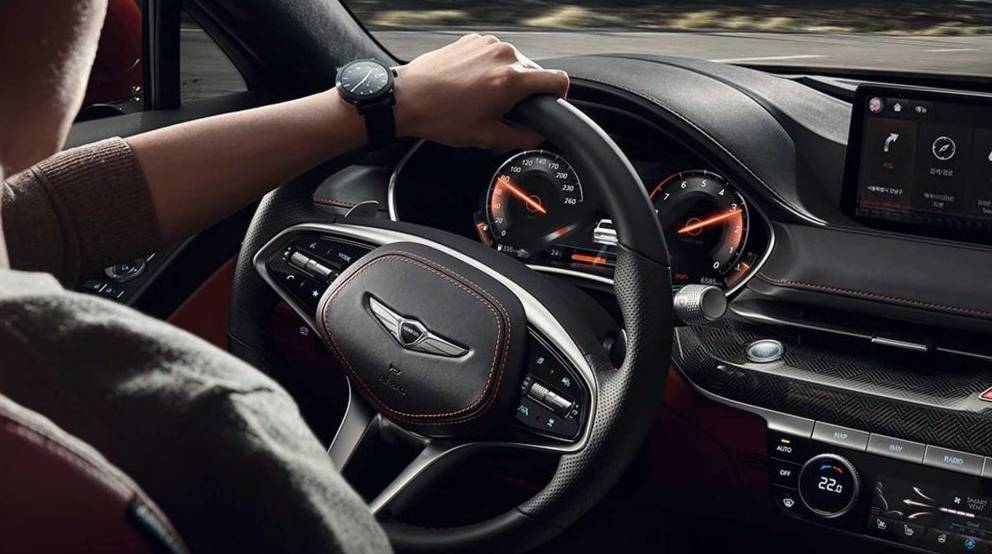
These engine speed (rpm) meters are traditionally read from left to right, typically the needle swings in the same arc as the speedometer needle. In the G80, the tachometer needle swings back. Zero revolutions are to the right of the tachometer. The red line curves to the left. It looks a little odd at first – and it can be a functional issue in a manual transmission car where it’s important to keep track of the tachometer. But in a car with an automatic transmission, it looks really cool and does not interfere with control. Even if you use F1-style paddles for manual shifting, the computer won’t let you rev the engine unintentionally.
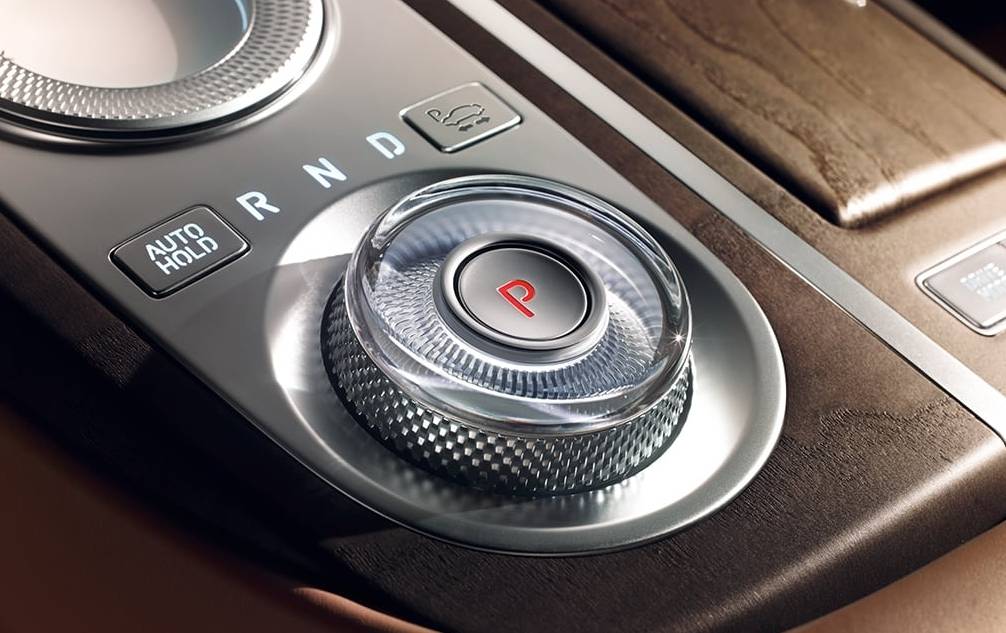
The interfaces for controlling the audio and climate control systems, as well as many secondary functions, are similar to a touch screen/smartphone swipe and scroll. It takes a little time to learn the system, just like learning how to use a smartphone after switching to it from a feature phone.
What Toyota did with the Lexus in the 80s, Hyundai has done with the Genesis today.
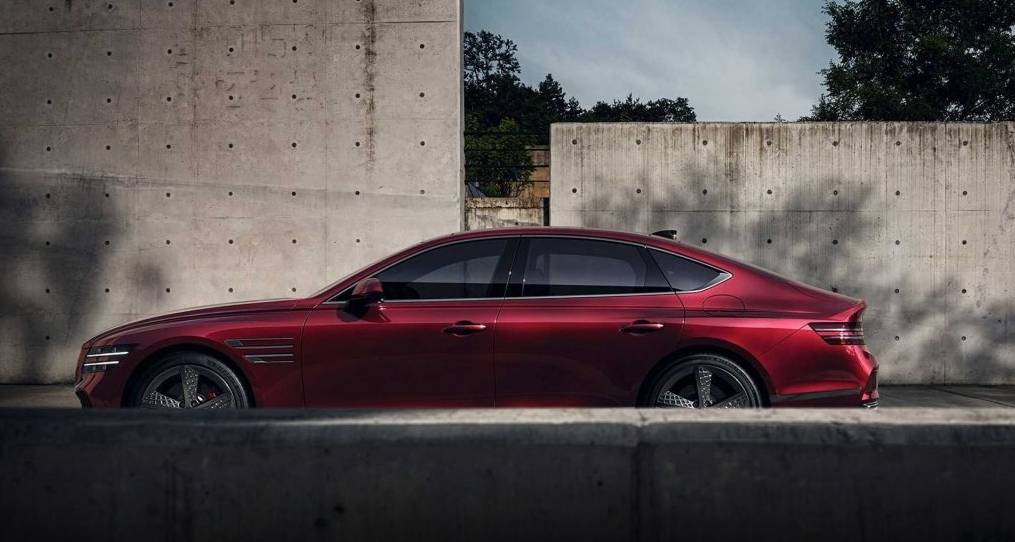
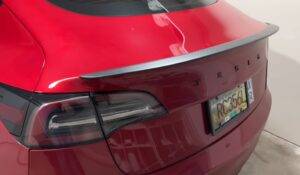
Comments are closed.